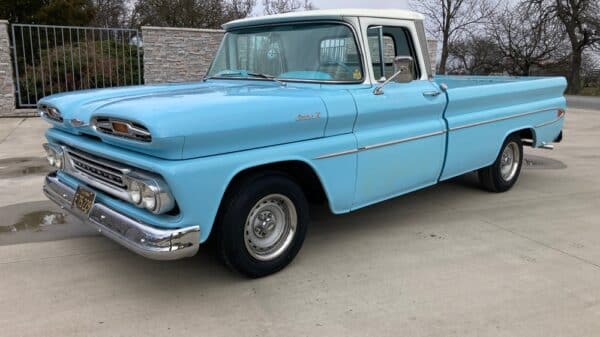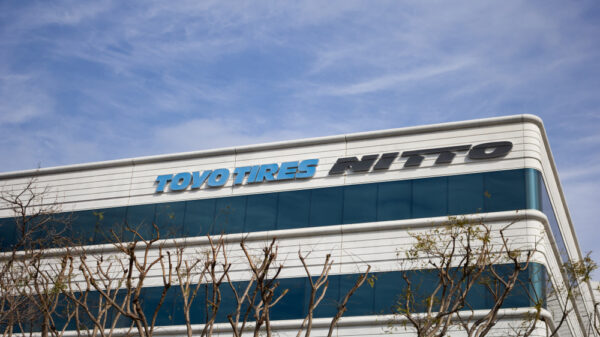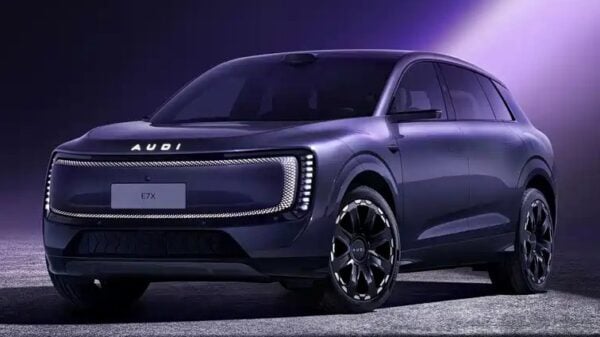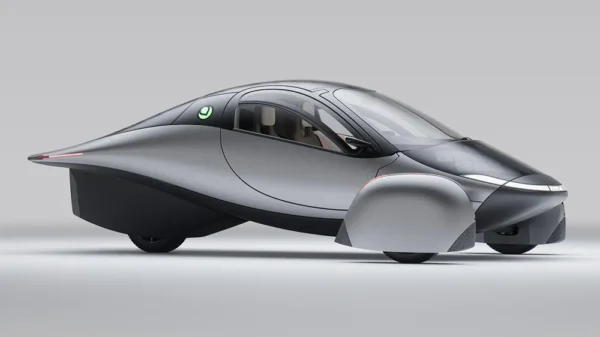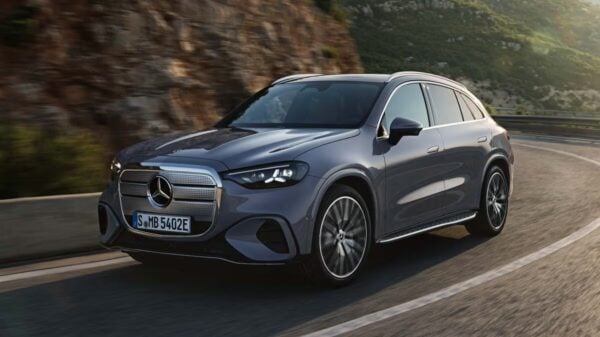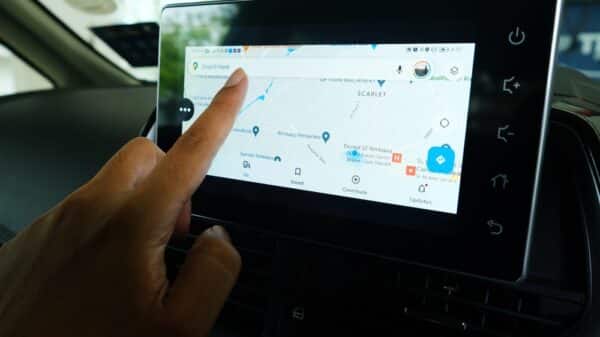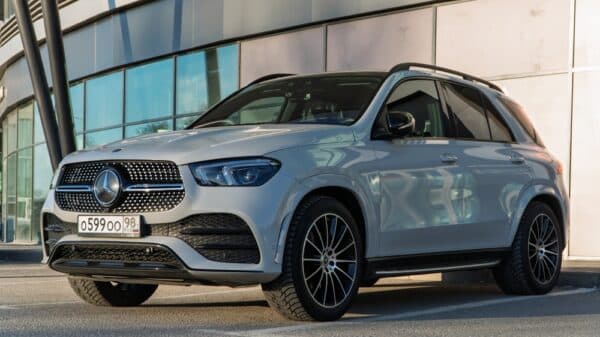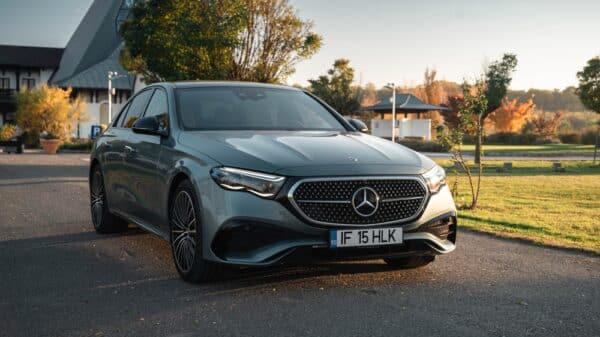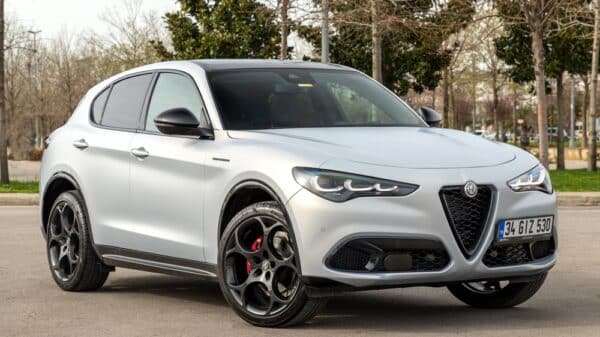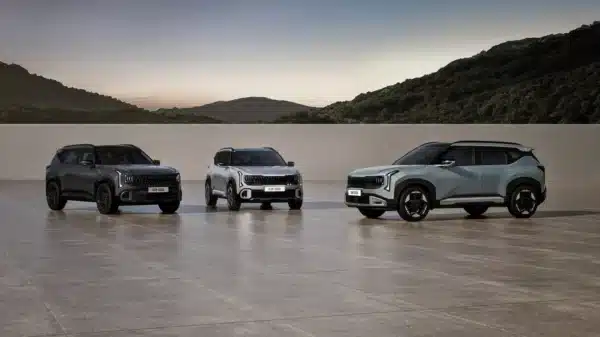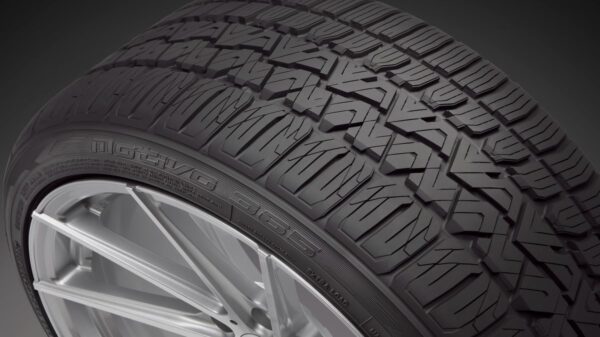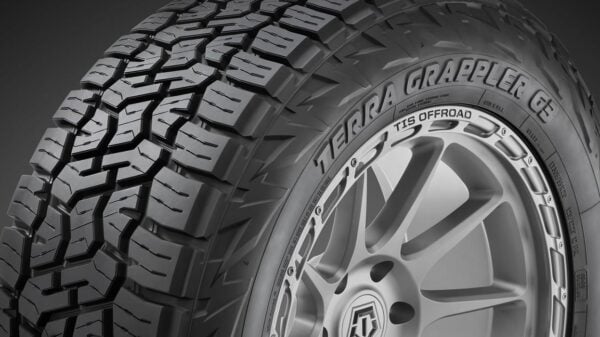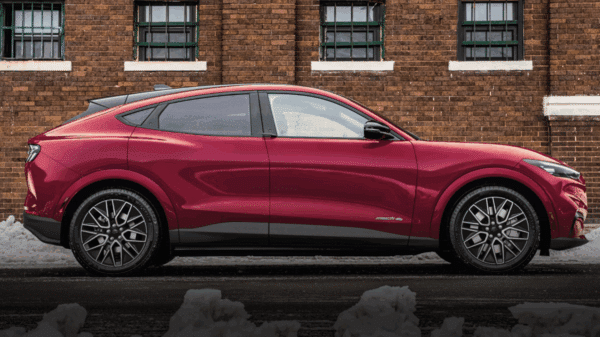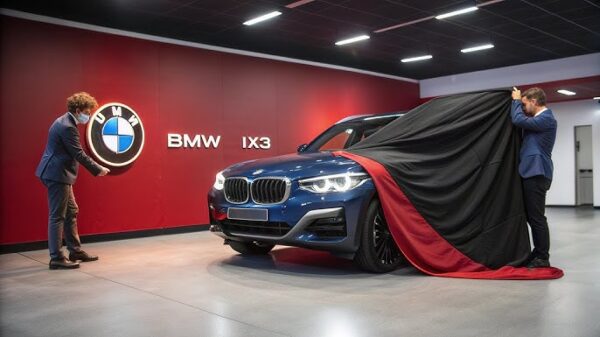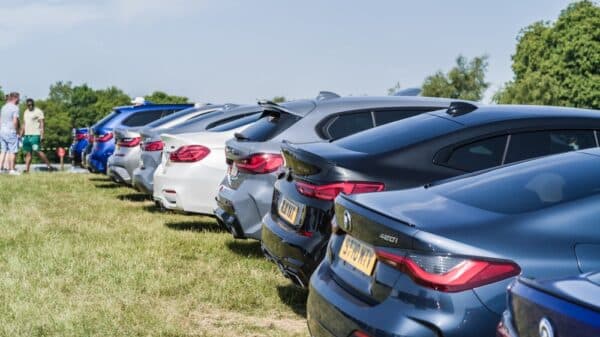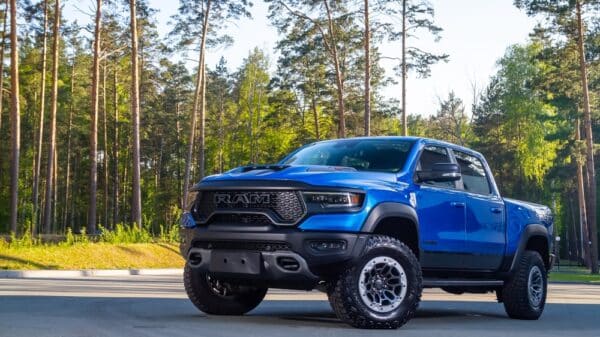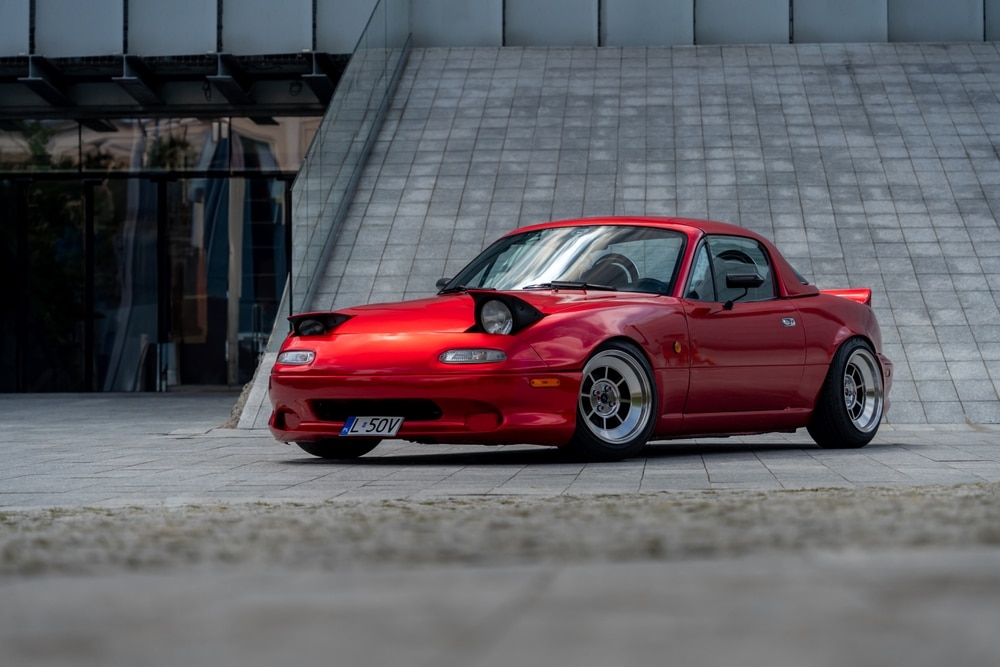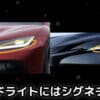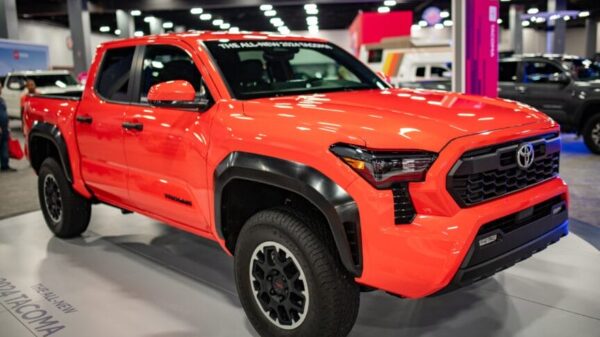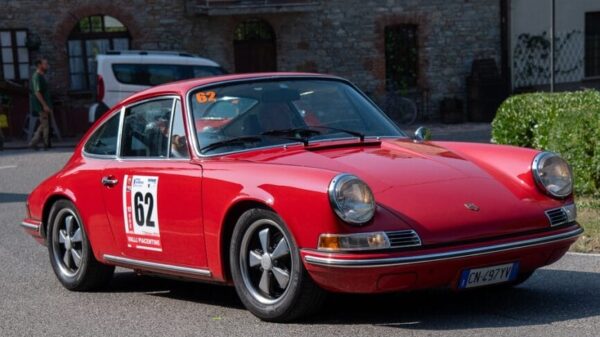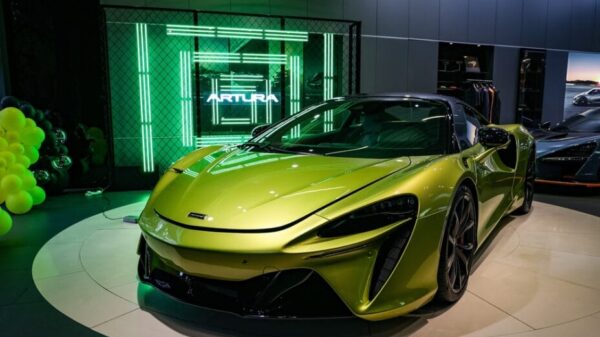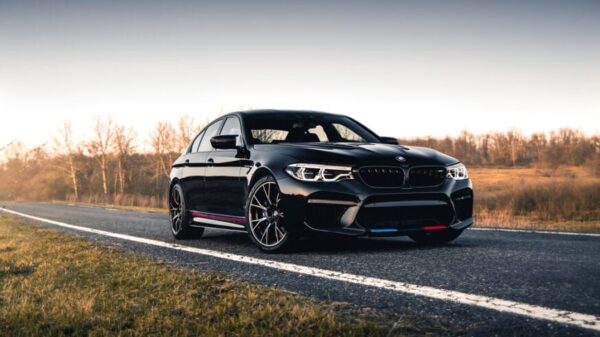Ever since the electric vehicle (EV) conversion movement began picking up steam, I’ve been eagerly anticipating a pivotal moment: the transformation of the beloved NA Miata from a gas-powered icon to a fully electric marvel. This car, cherished globally, is approaching its fourth decade while still serving as a standard of comparison for lightweight sports cars. I can already hear the gasps of purists and the rustle of pearl-clutching in the background. The concern is valid, though. The original Miata is known for its perfect balance, modest performance, and lightweight joyfulness. The big question remains: Will replacing its combustion engine with electric technology rob it of that essential fun factor?
To get those answers, I took the plunge and drove Electrogenic’s electrified version of this classic car.
Creating the electric Miata was the brainchild of Electrogenic, a UK-based company that has been at the forefront of EV conversions for several years. They make a name for themselves by swapping out the oily internal combustion engines from classic cars and replacing them with efficient electric drivetrains. Each project they undertake is tailored to its intended use. Take, for example, their conversion of a Land Rover Defender, which necessitates a different torque profile compared to a slick electric Porsche 911. Electrogenic’s approach is meticulous; they select the right hardware and complement it with their own software to ensure seamless integration between all the components.
What I had the chance to drive was one of their bespoke electric Miatas. Owners bring their vehicles to Electrogenic, discuss their vision for performance and range, and then the engineers perform the magic. If a classic model garners enough attention—like the classic Mini, Jaguar E-Type, or the Miata—they’ll craft a conversion kit so that others can enjoy the same transformation. Beyond bespoke offerings, Electrogenic also takes on commercial projects, like electric kits for military Land Rovers, and engages in broader industry-related conversions.
The Miata I drove comes equipped with a robust 42 kWh battery and a motor capable of delivering 160 horsepower along with 229 lb-ft of torque (measured at the wheels). This setup allows the car to accelerate from 0 to 62 mph in roughly six seconds, with a top speed hitting 115 mph. To put that into perspective, a stock NA Miata typically struggles to break 60 mph in under 9 seconds. With a CCS charger, you can recharge the battery within about an hour—a convenience that makes this car quite useful. The range hovers around 150 miles, making it a solid option for daily commutes or even leisurely weekend road trips—especially with charging times that won’t leave you stranded. The price for this customized Miata kit is yet to be announced. However, given that the conversion for a classic Mini runs about $31,000 and a Jaguar E-Type setup starts in the ballpark of $81,000 (not including installation), you can expect the Miata kit to fall somewhere in the middle of that range.
There’s something genuinely special about the Miata. Launched in the late 1980s, this car was designed as a tribute to the spirited British sports cars of the ’50s and ’60s, combined with the dependability and build quality associated with Japanese engineering. The Miata’s appeal lies in its simple formula: a small, lightweight body paired with an engaging driving experience. It’s no wonder that it has amassed a global community of enthusiasts who cherish these vehicles, often customizing them with swaps or upgrades to enhance performance. So, swapping in an electric motor doesn’t feel far-fetched at all.
Weight, however, is a genuine concern for the Miata’s electric conversion. Batteries can be hefty, and balancing power with range requires using several of them, which can complicate the equation. The Electrogenic version is indeed 220 pounds heavier than a traditional gas NA Miata, but the additional power seems to compensate well for that excess weight.
Starting the electric Miata is as simple as pressing a button; gone is the roar of a combustion engine, replaced by smooth beeping. With a single gear, driving becomes a seamless experience—just put it in drive and hit the road. The car offers three driving modes: Normal, Sport, and Eco, plus two speed limiters (for 20 and 30 mph) requested by the London-based owner of this particular ride. In Normal mode, the Miata feels decently spry, with an instant throttle response that sends power to the rear wheels effortlessly. The cabin, especially when compared to a nearly 30-year-old sports car, is impressively quiet, with minimal rattles—quite a feat considering its age.
When switched to Sport mode, the electric powertrain really comes alive. The throttle response quickens, emboldening me to push the car harder into corners. On a track devoid of other vehicles, I had the chance to stretch its legs a bit (within reasonable limits, of course). Even with the added weight, the Miata still feels nimble, and the steering retains that characteristic precision we all adore. What’s delightful is the progressive throttle, allowing ambitious drivers to finesse their way through turns—though caution is advised; it can become a bit slippery on wet surfaces if you’re not careful with the power delivery. Driving this electric version is an experience unlike any other; despite being battery-operated, it still delivers the joy and excitement that the original Miata is known for. Thankfully, it doesn’t feel overpowered by any means; that 160-horsepower figure strikes a sweet balance, ensuring you’re neither overwhelmed nor lacking in fun. Meanwhile, Eco mode keeps performance under wraps for improved range—still offering a decent option for running errands or buzzing around town.
Before you dream too big and reach for your phone to make inquiries, there’s a hurdle we need to address: the cost. This won’t be a budget-friendly conversion by any stretch. The fact that used Miatas can be found for a fraction of the conversion cost makes this an endeavor for the truly devoted enthusiasts.
Currently, the options for a sporty two-seat electric convertible are quite limited—essentially leading you to choose between the MG Cyberster or… well, another MG Cyberster. Crafting your own electric Miata converts that scarcity into a unique opportunity. You can still enjoy spirited drives without contributing to fossil fuel emissions. The Miata retains its character, and the performance benefits from this new powertrain are decidedly compelling. Electric conversions tend to benefit larger cars or those that thrive on immense horsepower, leading me to wonder if a lightweight, simple car like the Miata could maintain its charm. Spoiler alert: it hasn’t lost any of its magic. Sure, you might miss the engine growl and the manual transmission, but an electric Miata still shines as a source of pure, unfiltered joy.
Image Source: Anton Leonchikov / Shutterstock


